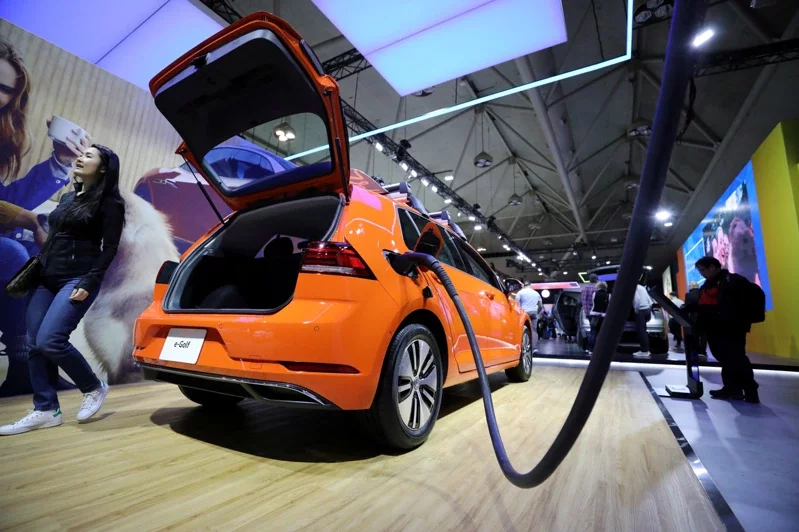Lithium iron phosphate batteries to dominate EV market in 2024: TrendForce
2022/04/19 | By CENSImpacted by the rising prices of raw materials for electric vehicle power batteries, in the first quarter of this year, many global new energy vehicle brands, including Tesla, BYD, Weilai, Ideal, and Volkswagen, are forecasted to raise the sales prices of EVs.
TrendForce says power batteries are the core components that make up the highest cost of EVs and reducing the cost of power batteries will be an important strategy for companies to compete in the future. Lithium iron phosphate batteries are expected to account for more than 60% of the installed capacity in the global power battery market in 2024 due to their cost-effective advantages.
TrendForce said that from the perspective of China, the world's largest electric vehicle market, the power battery market saw a reversal of dominant battery types in 2021, where Lithium iron phosphate batteries officially surpassed ternary batteries with 52% of the installed capacity. The installed capacity in the first quarter of this year continued to rise to 58%, and the growth rate was also much faster than that of ternary batteries. However, in the overall global electric vehicle market, thanks to the increase in the penetration rate of new energy vehicles in Europe and the United States, ternary batteries will still have a market share of more than 60% in 2021, far exceeding that of lithium iron phosphate batteries, which have a market share of about 32% to 36%.
Although there is still a large gap, according to the production capacity planning of global new energy battery cathode material manufacturers in the past two years, the scale and speed of expansion of lithium iron phosphate materials will far exceed that of ternary materials.
According to a TrendForce survey, the planned expansion projects announced by global cathode material manufacturers are concentrated in China and South Korea. The nominal total planned production capacity exceeds 11 million tons, of which the planned production capacity of lithium iron phosphate cathode accounts for about 64%, which exceeds market demand. There will be a certain gap between the total planned production capacity of the industry in the future and the actual production capacity. It remains to be seen how much the industry manufacturing capacity can realistically reach in the future.
It is worth noting that with the rise of core battery raw materials such as lithium, cobalt, and nickel since the second half of 2021, and the global power battery supply chain is being affected by uncertain factors such as the Russian-Ukrainian war and the epidemic.
There will be a gap in the growth rate of demand, and companies will need to focus more on reducing the cost of battery materials and supply chain security, two major issues related to future competitiveness. Under this trend, TrendForce expects that the cost-effective advantage of lithium iron phosphate batteries will become more prominent and may become the mainstream material in the next 2 to 3 years. The global installed capacity ratio of lithium iron phosphate batteries and ternary batteries will likely shift from 3:7 to 6:4 by 2024 as well.


